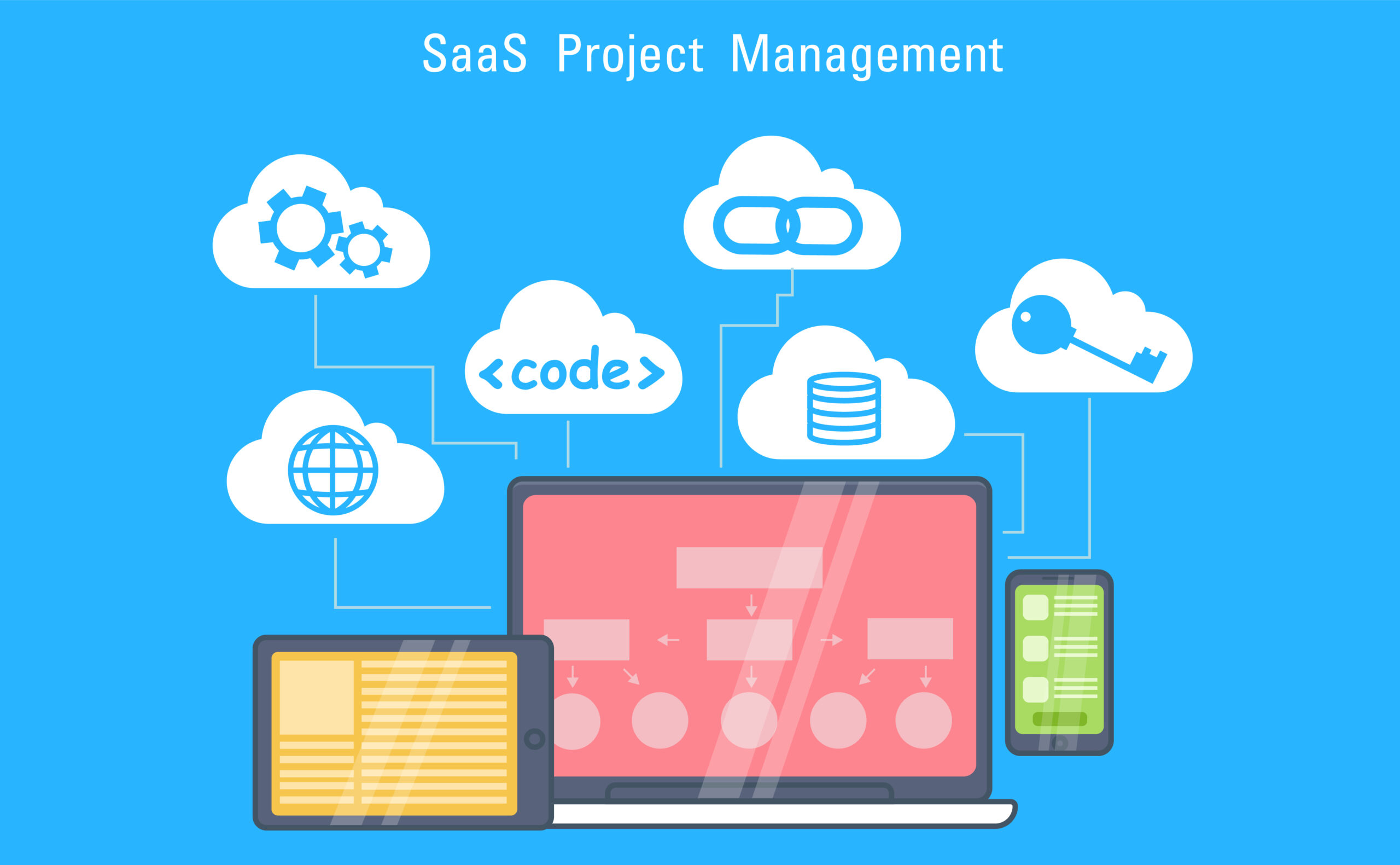Top 7 Cloud Platforms for Developers in 2025 (Ranked & Reviewed)
Cloud computing continues to be a game-changer for developers, startups, and enterprises. In 2025, the demand for scalable, secure, and developer-friendly cloud platforms is higher than ever. Whether you’re building microservices, deploying machine learning models, or simply hosting a web app, choosing the right cloud provider can dramatically impact your success.
In this blog post, we break down the top 7 cloud platforms for developers in 2025, ranking them based on performance, ease of use, pricing, support, and unique features. Let’s dive in!
1. Amazon Web Services (AWS)
Overview: Amazon Web Services remains the market leader in 2025. With an expansive range of services, AWS is a favorite for everything from small apps to massive enterprise solutions.
Why Developers Love AWS:
- Robust Ecosystem: Over 200 fully-featured services.
- Scalability: Auto-scaling, load balancing, and multi-region deployment.
- Developer Tools: CodeBuild, CodePipeline, Cloud9, Lambda (serverless), and more.
- Community & Docs: Massive developer community and detailed documentation.
Cons:
- Steep learning curve for beginners.
- Can get expensive without proper cost management.
Best For: Developers building enterprise-grade applications, serverless architectures, or needing extensive customization.
2. Microsoft Azure
Overview: Azure has continued to rise and is a strong contender in 2025. Its integration with Microsoft products gives it a unique edge, especially for enterprise developers.
Why Developers Love Azure:
- Seamless integration with Windows, Active Directory, Office 365.
- Great for .NET and C# developers.
- Azure DevOps for CI/CD.
- Extensive AI and ML tools.
Cons:
- Pricing structure can be confusing.
- Sometimes slower support for open-source stacks.
Best For: Enterprise developers, .NET ecosystem, hybrid cloud scenarios.
3. Google Cloud Platform (GCP)
Overview: Google Cloud shines in data analytics, machine learning, and Kubernetes-based workloads. Its developer tools are clean and performance-oriented.
Why Developers Love GCP:
- Best-in-class ML and AI tools (Vertex AI, BigQuery).
- Strong Kubernetes support (Google Kubernetes Engine).
- Simple UI and pricing.
- Integrates well with Firebase.
Cons:
- Smaller service portfolio than AWS.
- Less community support compared to AWS and Azure.
Best For: Data scientists, ML/AI projects, app developers using Firebase.
4. DigitalOcean
Overview: DigitalOcean continues to be a favorite among indie developers and startups in 2025 due to its simplicity and transparent pricing.
Why Developers Love DigitalOcean:
- Intuitive UI and Dev-friendly UX.
- Droplets (VMs), App Platform (PaaS), Kubernetes support.
- Transparent and predictable pricing.
- Excellent tutorials and docs.
Cons:
- Fewer enterprise-grade tools.
- Not as feature-rich as AWS/Azure.
Best For: Startups, solo devs, side projects, small businesses.
5. Heroku (Now Salesforce Cloud Apps)
Overview: Heroku was acquired by Salesforce and revamped in 2024. It remains a go-to for developers who prioritize simplicity and speed.
Why Developers Love Heroku:
- Zero-config deployment.
- Git-based push-to-deploy.
- Great for prototyping and MVPs.
- Strong ecosystem of add-ons.
Cons:
- Limited customization.
- Not ideal for scaling large apps.
Best For: MVPs, hobby apps, quick deployment, students, and prototypes.
6. Vercel
Overview: Originally known for powering Next.js apps, Vercel has grown into a full-stack cloud platform tailored for frontend developers.
Why Developers Love Vercel:
- Blazing fast deployments.
- Edge Functions and CDN out of the box.
- Integrates directly with GitHub, GitLab.
- Focus on frontend-first frameworks (React, SvelteKit, Astro).
Cons:
- Not suited for backend-heavy projects.
- Limited control over infrastructure.
Best For: Frontend devs, JAMstack sites, serverless apps.
7. Linode (Now Akamai Cloud)
Overview: Since being acquired by Akamai, Linode has transformed into a serious cloud contender focused on performance and edge delivery.
Why Developers Love Linode:
- Affordable virtual machines.
- Simple and transparent pricing.
- Improved performance via Akamai’s CDN and backbone.
- CLI, API, and Terraform support.
Cons:
- Smaller ecosystem.
- Not as feature-packed for advanced needs.
Best For: Developers looking for cost-effective VPS solutions with decent performance.
Final Thoughts
Choosing a cloud provider is more than just picking the biggest name. It’s about the right fit for your project’s needs, your team’s skills, and your future goals.
Here’s a quick comparison table for reference:
| Cloud Platform | Best For | Pricing | Learning Curve | Ecosystem |
|---|---|---|---|---|
| AWS | Enterprise apps, full-stack dev | High | Steep | Extensive |
| Azure | Enterprise, .NET | Medium-High | Moderate | Strong |
| GCP | Data, ML, AI | Medium | Moderate | Growing |
| DigitalOcean | Startups, indie devs | Low | Easy | Moderate |
| Heroku | MVPs, hobby apps | Medium | Very Easy | Medium |
| Vercel | Frontend, JAMstack | Low-Medium | Easy | Focused |
| Linode | VPS, simple deployments | Low | Easy | Moderate |
No matter your path as a developer in 2025, the cloud platform you choose can be your launchpad—or your bottleneck. Choose wisely, experiment, and always keep scalability and support in mind.
